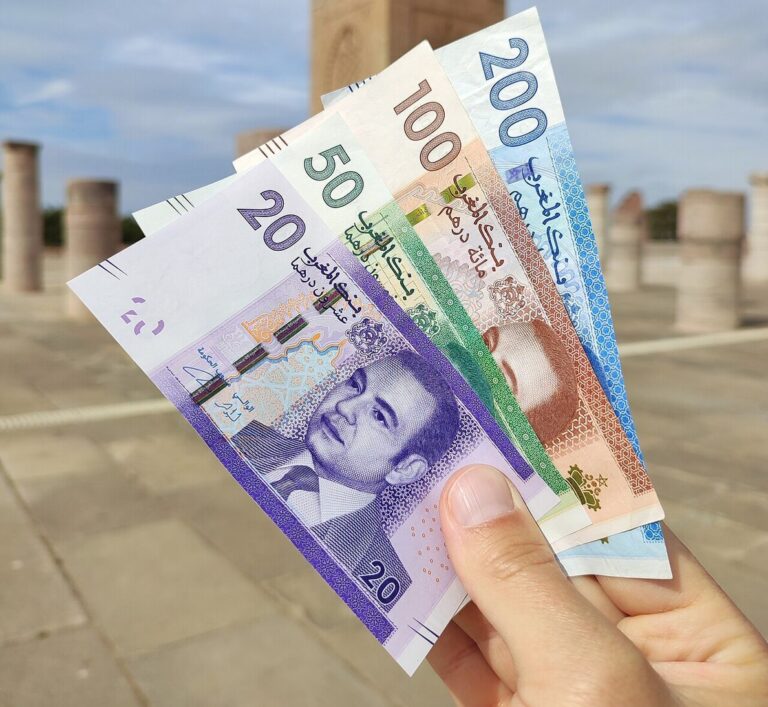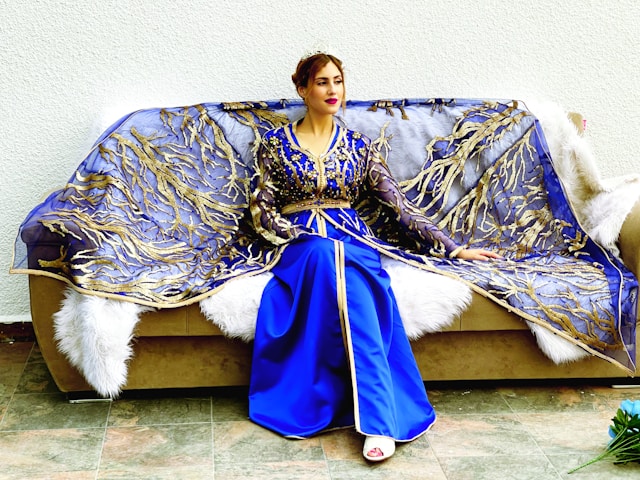
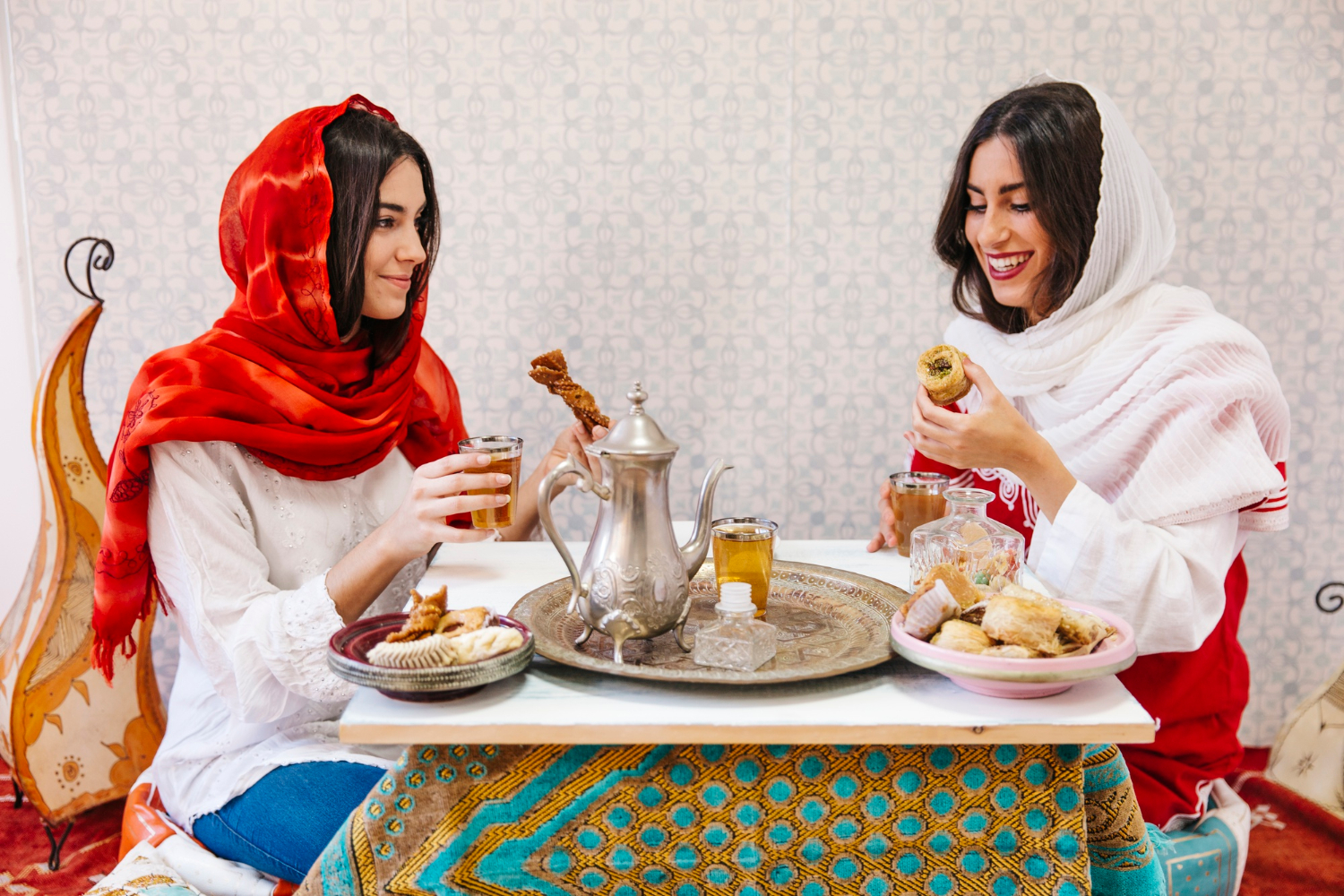
Few drinks carry as much cultural weight and charm as Moroccan mint tea. Often called “atay” in Morocco, this fragrant green tea infused with fresh spearmint is more than just a beverage—it is a social ritual, a sign of respect, and a timeless tradition. Across Morocco, serving mint tea is not only an act of refreshment but also a gesture of warmth and openness. From the bustling medinas of Marrakech to family homes in the Atlas Mountains, mint tea has become synonymous with connection and community.
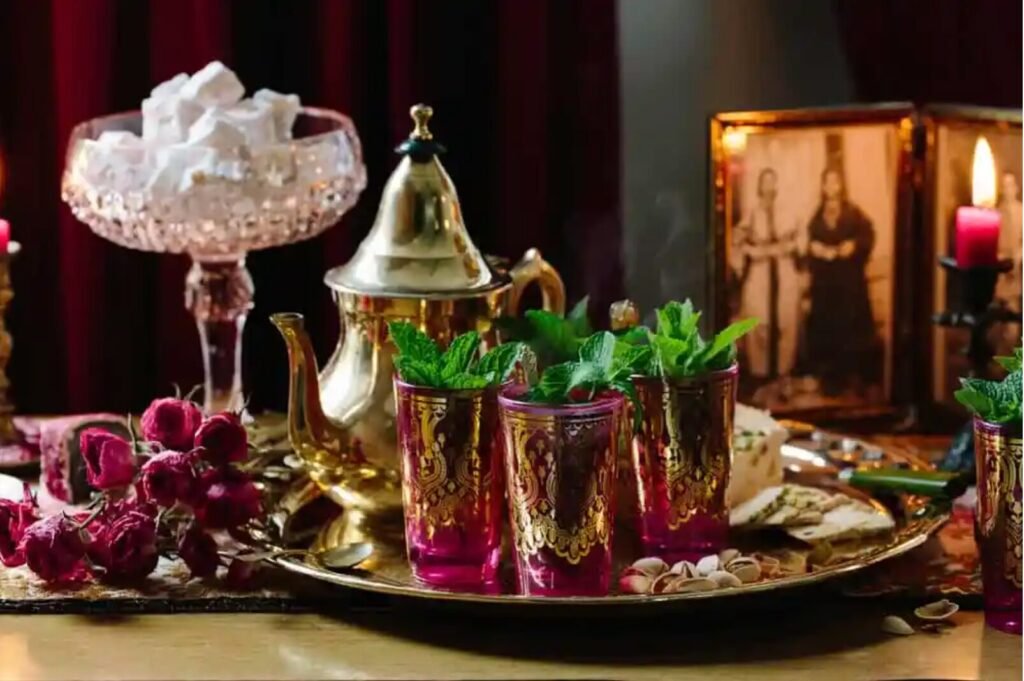
In this article, we’ll explore why mint tea is recognized worldwide as the symbol of Moroccan hospitality, its health benefits, cultural significance, challenges, and its growing presence on the global stage.
The Essence of Mint Tea in Moroccan Culture
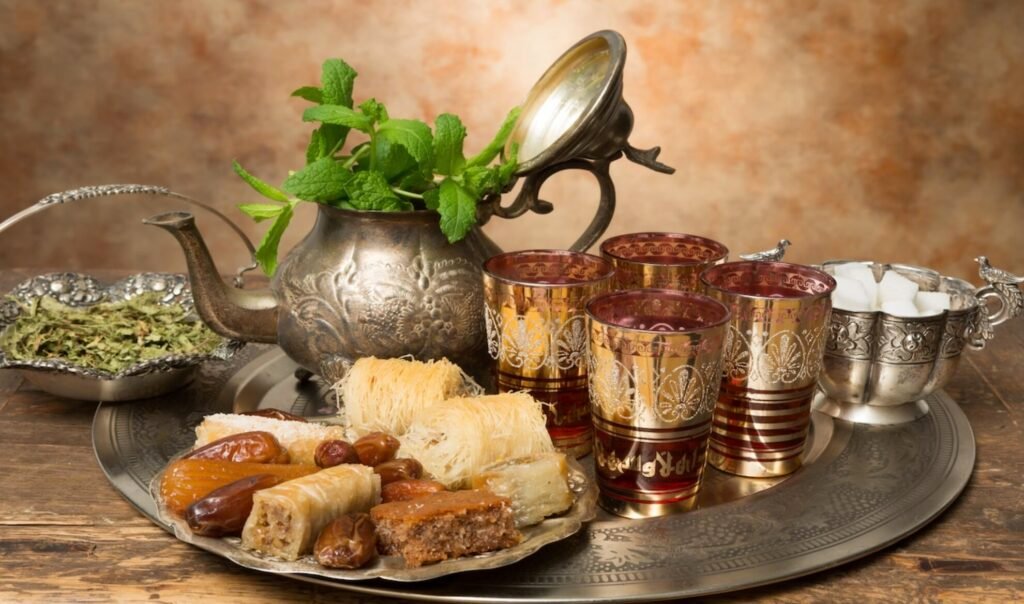
Mint tea, known in Arabic as “atay b’naanaa,” holds a central place in Moroccan society. Introduced during the 18th century when green tea was imported from China through trade routes, Moroccans added local mint and sugar to create a drink that quickly became a national treasure. Today, it is deeply embedded in social etiquette.
Serving mint tea is a sign of honor and generosity. When guests arrive, whether family, friends, or strangers, they are almost always welcomed with a glass of steaming hot mint tea. The tea is traditionally prepared and poured from a silver teapot into small decorated glasses, often from a height, to create foam on the surface—a mark of a perfectly made tea.
Mint tea is not just about refreshment; it reflects Morocco’s values of hospitality, friendship, and unity. In fact, Moroccan tea culture is recognized as one of the defining features of the country’s identity.
Key Benefits of Mint Tea
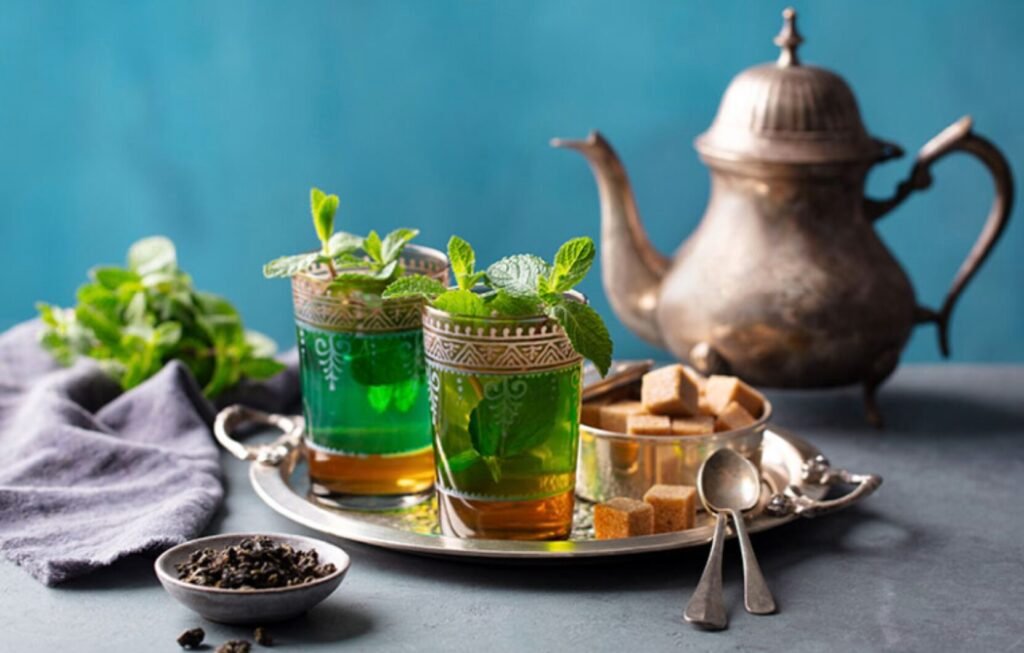
Beyond its cultural symbolism, mint tea offers several health and lifestyle benefits that contribute to its enduring popularity.
1. Digestive Aid
Mint has long been known for its ability to soothe the digestive system. After meals, a cup of mint tea helps reduce bloating and promotes smoother digestion.
2. Refreshing and Cooling
In Morocco’s hot climate, mint tea provides a cooling sensation that helps counterbalance the heat. Even when served hot, the menthol in mint leaves creates a refreshing aftertaste.
3. Social Connection
Mint tea is more than a drink—it’s a tool for connection. Families gather around it daily, and it plays a role in business negotiations, celebrations, and even religious holidays.
4. Antioxidant Properties
The base of Moroccan mint tea is green tea, rich in antioxidants. This contributes to overall wellness by helping combat free radicals and supporting heart health.
5. A Universal Language of Welcome
Whether in a rural Berber village or a luxury Marrakech riad, offering mint tea is universally understood as a gesture of kindness.
Challenges and Limitations
While mint tea is beloved across Morocco and beyond, it is not without its challenges.
Excessive Sugar Content
Traditionally, Moroccan mint tea is heavily sweetened. While delicious, this can pose health concerns, especially in relation to diabetes and obesity, both of which are increasing in Morocco. Modern households and cafés are now experimenting with less sugar while preserving the tea’s authentic taste.
Environmental Impact
The production of tea and sugar requires substantial resources. Additionally, the high demand for fresh mint year-round puts pressure on local agriculture, especially in arid regions.
Cultural Misunderstandings
When exported abroad, Moroccan mint tea sometimes loses its cultural context, reduced to a simple “herbal tea” in cafés and restaurants. This overlooks its deep-rooted role as a symbol of Moroccan hospitality.
Real-World Examples of Mint Tea in Moroccan Life
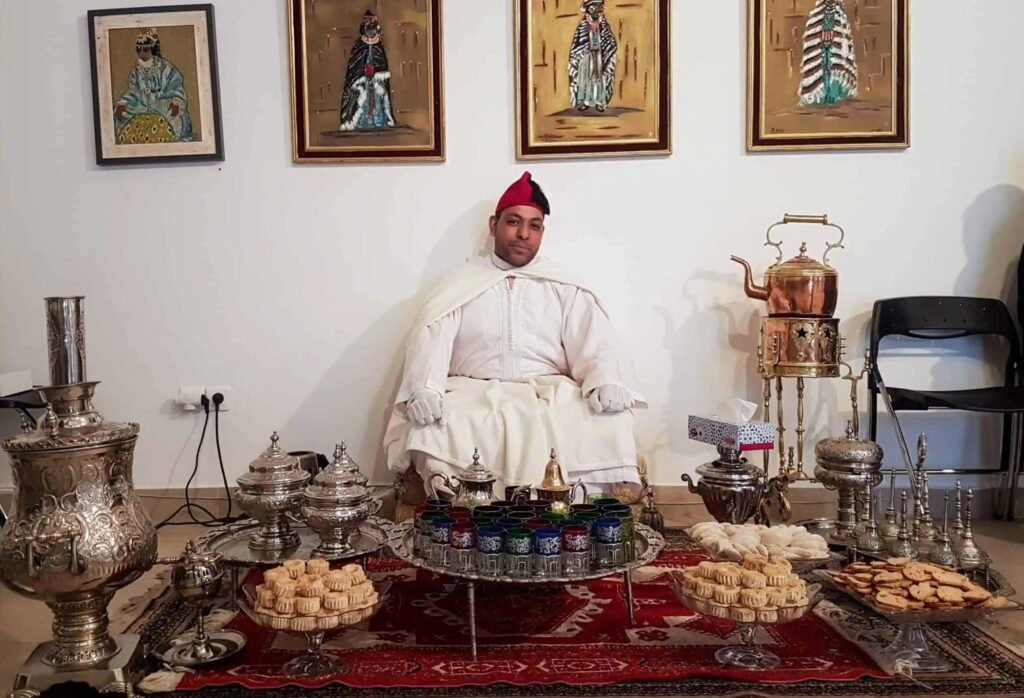
Mint tea is inseparable from daily routines and rituals across Morocco.
- In Family Homes: Guests are often greeted with three rounds of tea, each symbolizing life, love, and death. Refusing tea is sometimes considered impolite.
- At Souks and Shops: Merchants frequently offer mint tea to potential buyers as a gesture of goodwill before negotiating prices.
- In Celebrations: Weddings, religious holidays such as Eid, and community gatherings almost always feature mint tea.
- Tourism: For visitors, tasting mint tea is one of the most memorable cultural experiences. Travel guides often highlight tea ceremonies as must-see attractions.
This cultural ritual has even gained international recognition, with Moroccan restaurants abroad serving mint tea as a way to introduce diners to the country’s traditions. According to tea culture, such practices highlight how beverages can carry entire cultural identities across borders.
Future Trends and Predictions
The tradition of mint tea is timeless, but like all cultural practices, it continues to evolve.
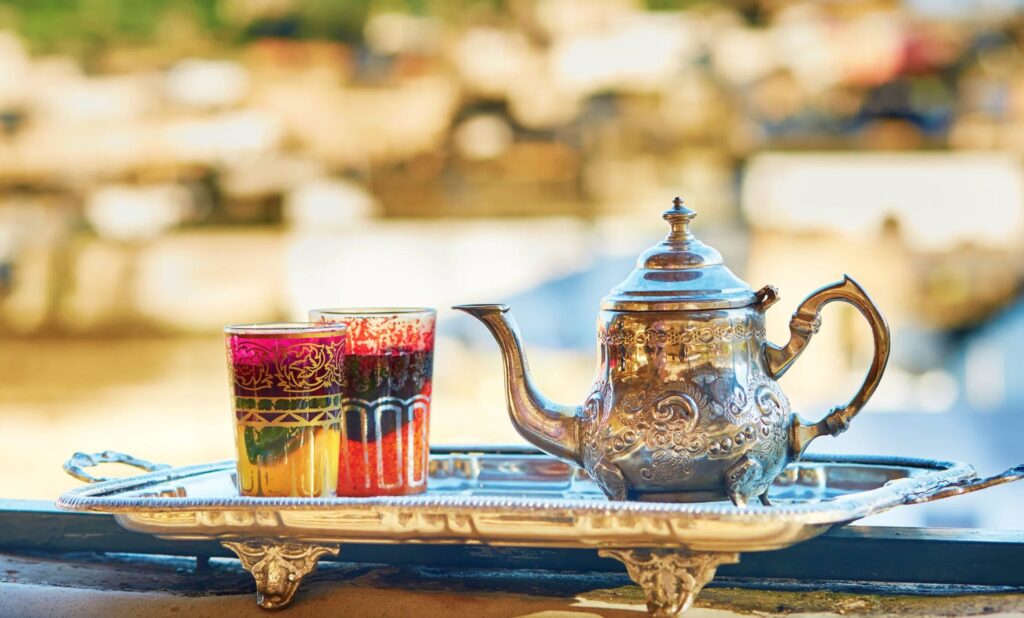
Health-Conscious Adaptations
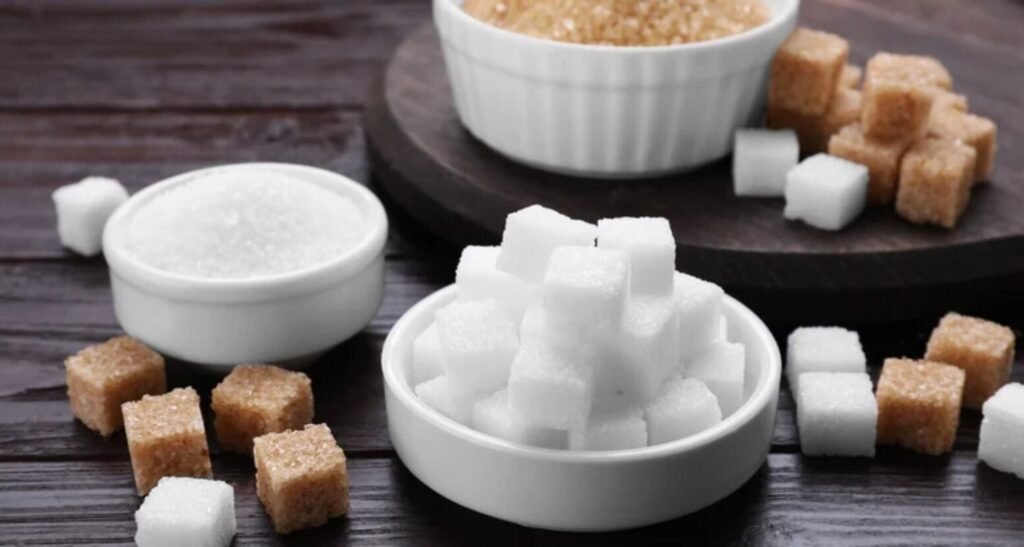
With rising awareness of sugar-related health issues, many Moroccans—especially in urban areas—are reducing sugar or offering sugar-free alternatives. This trend is expected to grow as younger generations adopt healthier lifestyles.
Global Popularity
Mint tea is spreading beyond Morocco, appearing in specialty tea shops and cafés worldwide. Its refreshing flavor, combined with its cultural story, makes it appealing to international consumers seeking authentic global experiences.
Tourism and Cultural Diplomacy
As Morocco strengthens its tourism sector, mint tea is increasingly promoted as part of the country’s intangible heritage. Tea ceremonies are often highlighted in cultural festivals, exhibitions, and even diplomatic events.
Sustainable Agriculture
Future trends may also focus on eco-friendly mint cultivation and reducing the carbon footprint associated with tea and sugar imports.
Frequently Asked Questions

What makes mint tea the symbol of Moroccan hospitality?
Mint tea represents generosity, respect, and community. Serving it to guests is a traditional way of welcoming them into Moroccan homes and hearts.
Is Moroccan mint tea always sweet?
Traditionally, yes. Moroccan mint tea is prepared with a generous amount of sugar. However, many people today prefer less sugar or even sugar-free versions.
How is Moroccan mint tea traditionally served?
It is poured from a silver teapot into small glasses, often from a height, to create foam on the surface—a sign of skillful preparation.
Can you make Moroccan mint tea at home?
Yes. All you need is green tea, fresh mint leaves, sugar (optional), and boiling water. The ritual lies in balancing these ingredients and pouring it with care.
Is mint tea unique to Morocco?
While mint tea exists in many cultures, Morocco has elevated it into a cultural symbol. It is far more than a drink—it embodies Moroccan hospitality and identity.
Conclusion
Mint tea is more than just a refreshing beverage; it is a cultural emblem and a timeless ritual that embodies Morocco’s spirit of warmth and generosity. Recognized as the symbol of Moroccan hospitality, it continues to unite people across generations and borders.
As it evolves to meet modern challenges—whether through healthier recipes or global expansion—Moroccan mint tea remains a cherished tradition and a window into the country’s soul.
Next time you sip a glass of this fragrant tea, remember: you’re not just tasting a drink—you’re experiencing centuries of culture, tradition, and hospitality.


